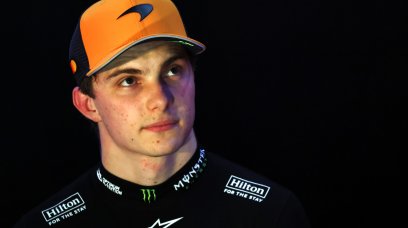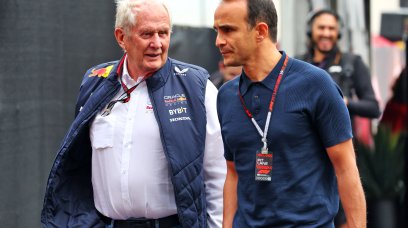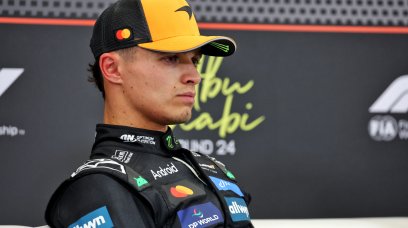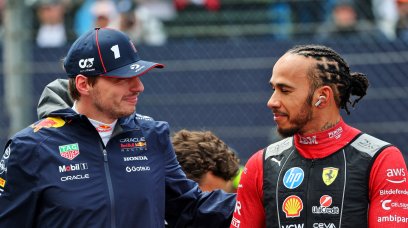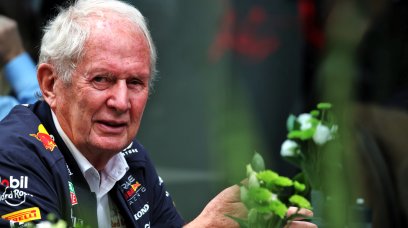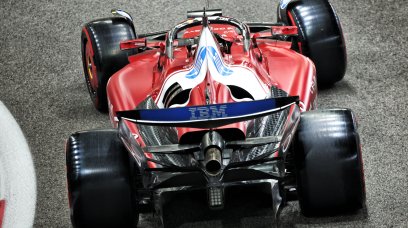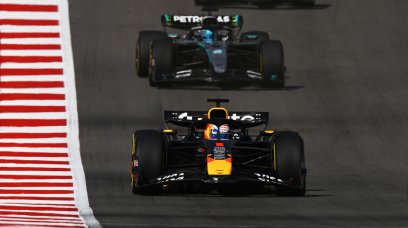Formula 1 in 2021 has been about fine margins and that will continue this weekend when F1 returns after a four-week hiatus. There will be no rest and the brains of the engineers will be in overdrive as soon as the cars leave the pit lane on Friday morning for the opening practice session. One factor which will be watched very carefully is how much downforce you want to run around the 7.004km Spa-Francorchamps circuit. Every year, the teams often have a headache in finding the optimal balance between downforce and top speed. Let's take a look at the factors they will be weighing up when making their final decision on how much rear wing they should run.
Running a high downforce rear wing
Using a higher downforce rear wing means you have less straight line speed, but it will give you an advantage in the corners. Spa's middle sector is all about medium- and high-speed corners so having the confidence to throw the car into the entry of a turn and to get on the throttle smoothly is pivotal. A driver who is not that confident may choose to run a higher downforce wing to have more stability. This year's cars are slightly slower than the F1 cars from 2019 and 2020. This is due to the new floor regulations which were introduced this season to slow the cars down from their record-breaking speeds. The double left-handers of Pouhon have become flat out in recent years, such is the downforce produced by the current generation of F1 car. But it might not be the case this weekend due to the slightly slower cars. The drivers will want to go full throttle through this part of the circuit, but they may need to run a bigger, higher downforce rear wing to do this. Throw in some wet weather, which is currently forecast for Saturday and Sunday, then having more downforce could be the way to go.
Running a low downforce rear wing
A skinnier rear wing means you have less drag and more straight line speed. This will really help in the first and third sectors at Spa-Francorchamps. In dry conditions, Eau Rouge is flat out so from Turn 1 at La Source, you do not brake for another 25 seconds by the time you get to Les Combes at the end of the Kemmel Straight. It's a similar story at the end of the lap from the exit of Stavelot at Turn 15 to the Bus Stop chicane at Turn 19. The start of any F1 race offers the best opportunity to gain places so having good straight line speed to get into the slipstream of the car in front, pull alongside and move clear is crucial on lap one. Sebastian Vettel executed this move perfectly at the 2018 Belgian GP against Lewis Hamilton and went on to win the race. A Monza-style rear wing also makes overtaking easier, so if you want to be bold and go for a two-stop strategy, you will want a high enough top speed so you don't get stuck behind other cars. But low downforce means you are likely to be sliding the car more which wears out your tyres more and can make you vulnerable as a stint progresses.
The Conclusion
The way modern F1 cars have evolved, running less rear wing has become normal. However, the rain forecast throughout the weekend at Spa complicates the issue. It would be a gamble to run a skinny rear wing, knowing that wet weather is on the way. If it means the driver can't get on the throttle early through Eau Rouge and Blanchimont, you will lose a lot of lap time. As ever in F1, rain is never a sure thing. If the conditions are dry, running a medium downforce rear wing might give you a better overall lap time, which would be great in qualifying. But it would mean you are a sitting duck to a car that has DRS and a low downforce rear wing. If you do lose a position, it would also be difficult to re-gain that place. The rear wing is one of many wonders in F1 and a slight change in angle to give you more or less straight line speed could have huge implications.
Most read
